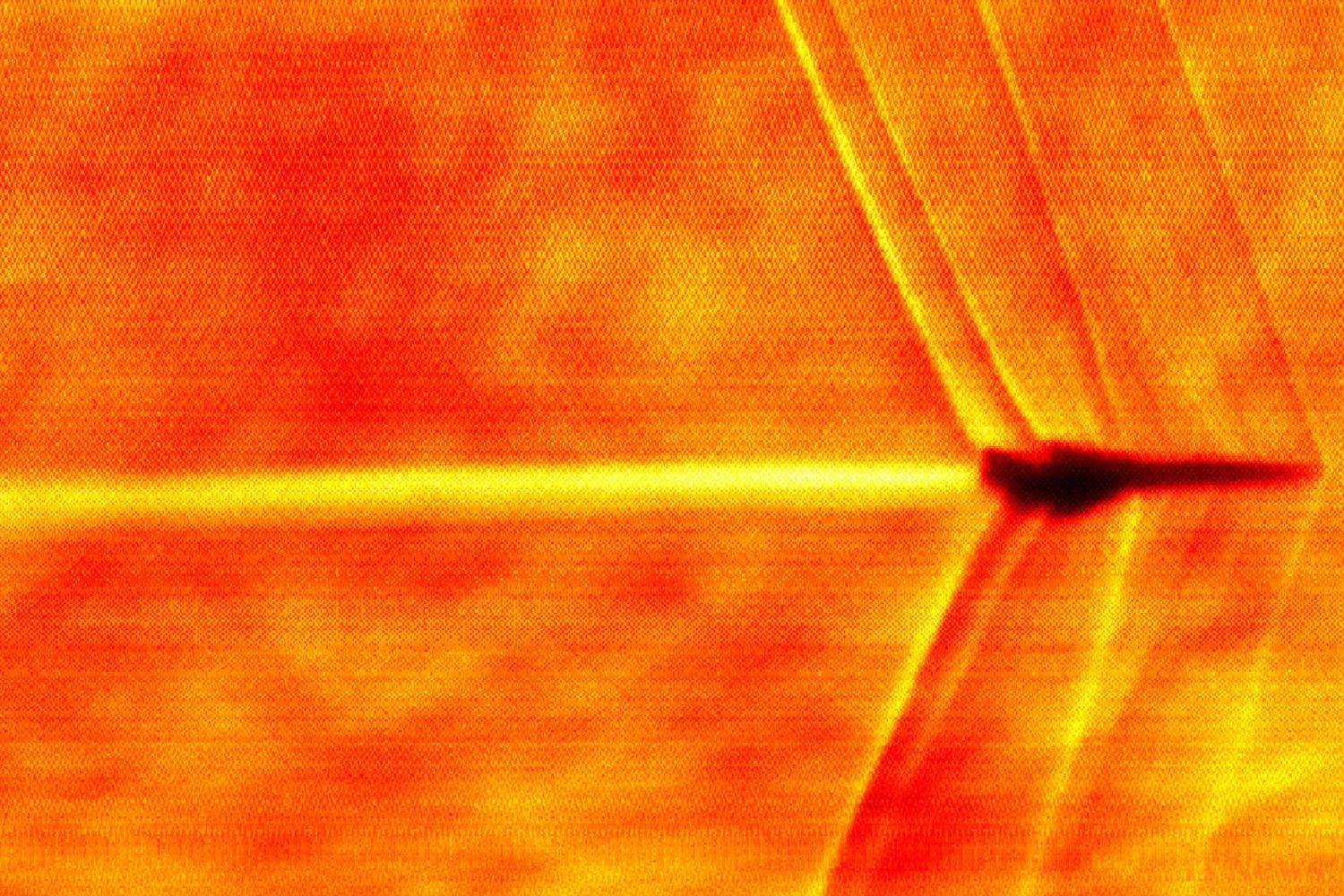"This image makes the invisible visible," said Blake Scholl, founder and CEO of Boom Supersonic. This technical feat was no accident. Capturing such an instant required extreme precision in the XB-1's trajectory. Its chief test pilot, Tristan "Geppetto" Brandenburg, followed a predetermined route using software designed from NASA data. Once aligned With the sun above the Mojave Desert, ground-based telescopes equipped with special filters were used to capture this striking image.
A supersonic jet that doesn't shake the ground
Beyond the visual performance, this sequence provided key acoustic information. NASA's ground sensors detected no perceptible sonic boom during the XB-1's flight. This is a notable advancement, as in the United States, commercial supersonic flights are prohibited over populated areas. because of the noise pollution generated.
The company Boom Supersonic hopes to create a commercial aircraft capable of reaching Mach 1.3 without producing a sonic boom on the ground. This technology, called "Boomless Cruise," could reduce flight times by 50% on certain routes, such as ocean crossings or transcontinental routes.
Another fundamental aspect of this research concerns the environmental impact. Boom Supersonic claims that the Overture will operate on sustainable aviation fuel (SAF), thus reducing its carbon footprint compared to conventional aircraft. By incorporating lightweight composite materials and optimized engines, the company aims to make supersonic flight not only faster, but also more environmentally friendly.
This flight was the final test of the XB-1, which will now make way for production of the future supersonic airliner, the Overture. Boom Supersonic has already received orders from several airlines, including United Airlines, American Airlines, and Japan Airlines. Last year, the company completed construction of its factory in North Carolina, where it plans to manufacture up to 66 Overture aircraft per year.
The goal is to bring supersonic transport back into the commercial skies, more than 20 years after the retirement of Concorde, but this time by eliminating the sonic boom problem. Advances in Boom Supersonic and NASA show that this dream could soon become a reality.



0 Comments